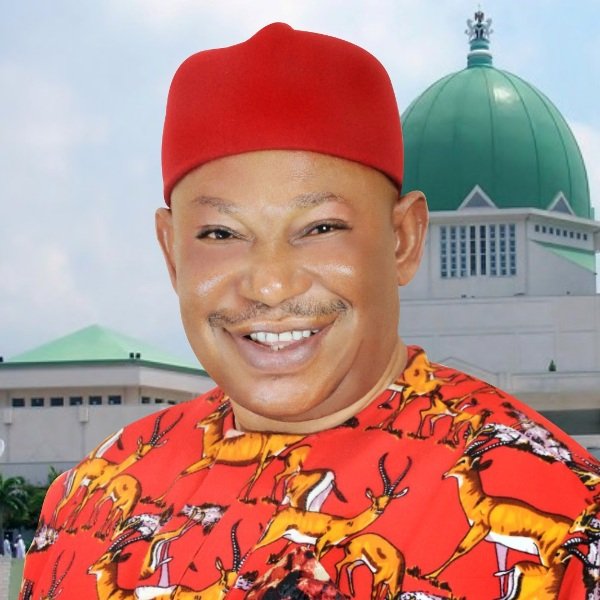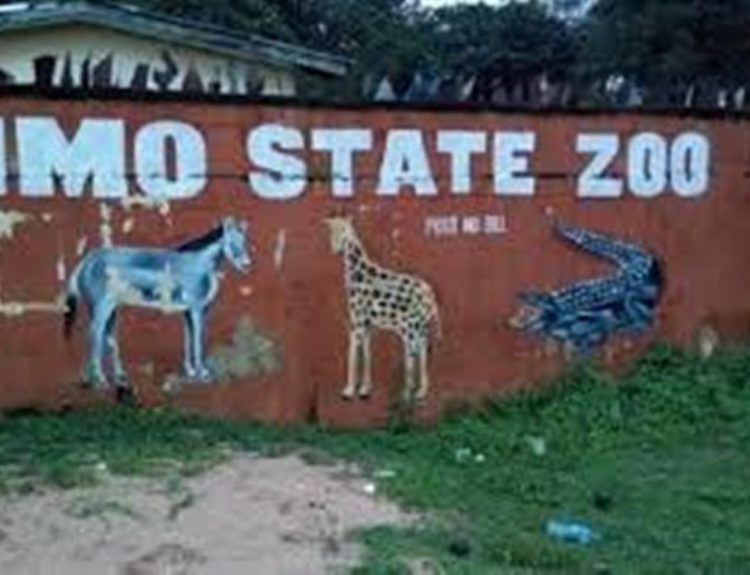
BY Ifeanyicy Njoku
CREATION:
Imo State was created on February 3, 1976 out of the old East Central State by the then regime of General Murtala Mohammed. Imo State derives its name from Imo River, which takes its course from the Okigwe/Awka upland. It lies within latitudes 4°45’N and 7°15’N, and longitude 6°50’E and 7°25’E.
Abia State was carved out of Imo State in the state creation exercise of 1991. It has Owerri as it capital and largest city. With 3 Geopolitical Zones of Owerri, Orlu and Okigwe with 27 Local Government Areas namely:
1.Aboh-Mbaise
2.Ahiazu-Mbaise
3.Ehime-Mbano
4.Ezinihitte Mbaise
5.Ideato North
6.Ideato South
7.Ihitte/Uboma
8.Ikeduru
9.Isiala Mbano
10.Isu
11.Mbaitoli
12.Ngor-Okpala
13.Njaba
14.Nwangele
15.Nkwerre
16.Obowo
17.Oguta
18.Ohaji/Egbema
19.Okigwe
20.Orlu
21.Orsu
22.Oru East
23.Oru West
24.Owerri-Municipal
25.Owerri North
26.Owerri West
27. Onuimo
Other major towns are Okigwe, Oguta, Nkwerre, Orlu, Mbaise, Mbano, Mbieri, Ideato, Awo-Idemili, Ohaji, Obowo, Ngor-Okpala, Uzoagba, Emekuku, Orodo, Mgbidi.
Situated in south eastern Nigeria, Imo State covers an area of 5,530 square kilometres. With Population of 3,934,899 (2006 Estimate) popularly referred to as the Eastern Heartland.
Imo State shares boundaries with Enugu and Ebonyi States to the north, Anambra State to the west, Rivers State to the south and Cross River and Akwa Ibom States to the east.
The inhabitants of Imo State are Igbo. The official language of the state is Igbo alongside English. Imo State has a rich cultural heritage. This is manifested in dressing, music, dance, festivals, arts and crafts.
Imo State has many rivers. The main rivers in the state are Imo, Otamiri and Njaba. The major lakes are in Oguta and Abadaba in Obowu local government area.
The main streams draining the state are Imo, Otamiri, Njaba and Orasi rivers, all of which have very few tributaries. With the exception of Imo River, which runs through the area underlain by the Imo Shales, other rivers rise within the coastal plain sands. Generally, river valleys constitute the major physical features, which are often marshy.
The vegetation is tropical rain forest.
Imo State indigenes are predominantly Christians of different denominations, but mostly Catholicism. Some people in the state still practice traditional religions.
ECONOMY
The State is blessed with abundant natural resources. These include crude oil, lead, zinc, white clay, fine sand, limestone and natural gas in commercial quantities. The state also produces agricultural produce such as palm produce, cocoa and rubber. The main staple crops are yam, cassava, cocoyam and maize.
Learned professionals, entrepreneurs and seasoned artists also abound in the state. Works of art produced in the state include: carved doors, walking sticks of different designs, sculptures, flutes, wooden mortars and pestles, gongs, and the famous talking drums. Metal works and various types of fabrications are locally produced.
Some art & cultural centers include: The Mbari Cultural Center at Owerri, Eke Nguru in Aboh Mbaise and lgwekala shrine in Umunoha are traditional art and craft centers that depict the culture and heritage of the lgbo.
Industries include Fuason Industries, Owerri, which produces galvanized iron sheets, the Afrik Enterprises, Awo-Omama, a pharmaceutical company, Imo Concord Hotel, Owerri. Industries that had been partially privatized include card packaged Industry, Orlu, Resin Paints Limited, Aboh Mbaise and Aluminium Extrusion Industry, Inyisi. Industries in the private sector include Sab Spare Parts and Allied Accessories, Okigwe, which make motor-spare parts, Oma Pharmaceutical, Awomoma, which produces drugs and medicines, Magil Industries Atta, which makes steel, sponge, bread, polythene and paper.
Economic trees like the iroko, mahogany, obeche, gmelina, bamboo, rubber palm and oil palm are in abundance.
TOURISM
There are many traditional festivals observed in the State. Each community has different festivals celebrated in honor of ancient deities or to mark an important event in the history of the area. There are different festivals to usher in the harvest season, the most popular being the Ahiajoku Festival, which is observed in all the farming communities.Traditional music and dances include Abiigbo, Ekpe, Ikoro, Okonko, Mmanwu, etc.
These are the Top 10 Tourist Destinations in Imo State:
1. Imo Wonderlake Resort and Conference Center, Oguta
2. Abadaba Lake
3. The Source of Urashi River
4. The Amadioha Shrine
5. The Ancestral Home of King Jaja of Opobo
6. The Blue Obana Lake
7. Ekwe and Ebenator Spring
8. Iyi Ogidi Spring
9. Iyi Mgbede Spring
10. The Nekede Zoo & Gardens
The list of Military Administrators and Governors of Imo State, Nigeria since it’s creation.
*Ndubuisi Kanu Governor Mar 1976 – 1977(Military)
*Adekunle Lawal Governor 1977Jul 1978(Military)
*Sunday Ajibade Adenihun GovernorJul 1978 – Oct 1979(Military)
*Samuel Onunaka Mbakwe Governor 1 Oct 1979 – 31 Dec 1983 NPP
*Ike Nwachukwu GovernorJan 1984 – Aug 1985(Military)
*Allison Amakoduna Madueke Governor
Aug 1985 – 1986(Military)
*Amadi Ikwechegh Governor1986 – 1990(Military)
*Anthony E. Oguguo Governor Aug 1990 – Jan 1992(Military)
*Evan Enwerem Governor Jan 1992 – Nov 1993 NRC
*James N.J. Aneke Administrator 9 Dec 1993 – 22 Aug 1996(Military)
*Tanko Zubairu Administrator 22 Aug 1996 – May 1999(Military)
*Achike Udenwa Governor 29 May 1999 – 29 May 2007 PDP
*Ikedi G. Ohakim Governor 29 May 2007 – 29 May 2011PPA /PDP
*Owelle Rochas Anayo Okorocha Governor 29 May 2011- Till Date.




2 Comments